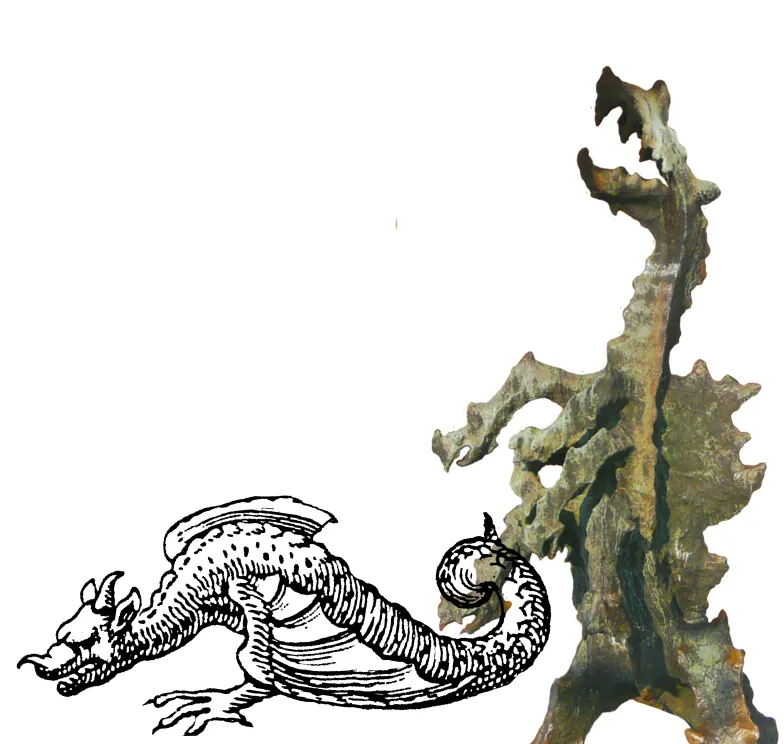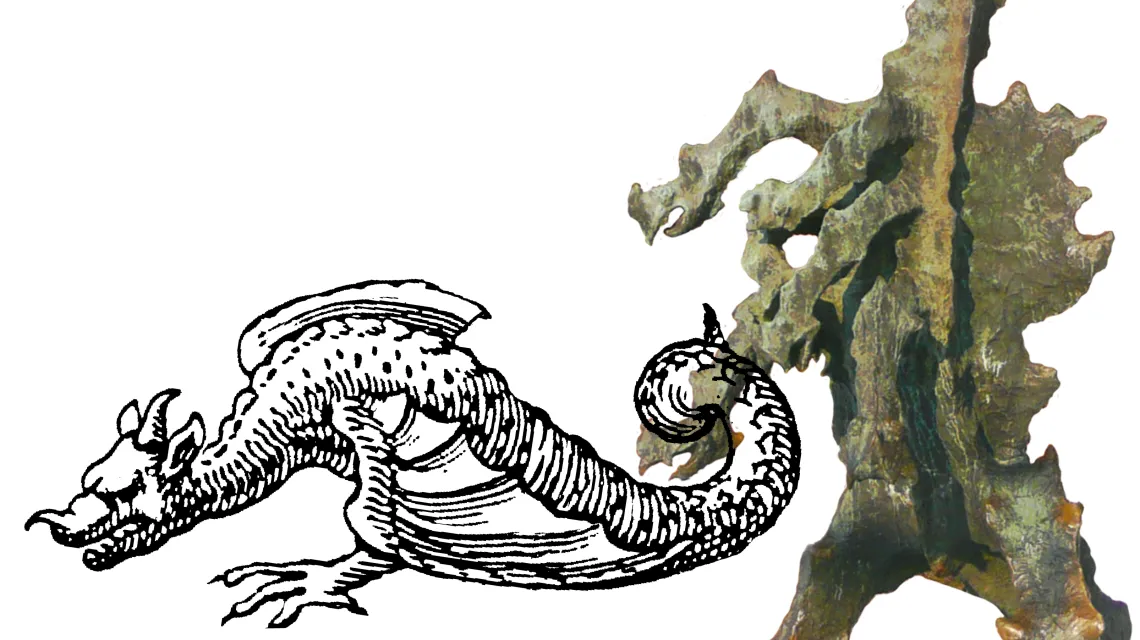Wykupienie dostępu pozwoli Ci czytać artykuły wysokiej jakości i wspierać niezależne dziennikarstwo w wymagających dla wydawców czasach. Rośnij z nami! Pełna oferta →
It is said that the monster was defeated by trickery, when instead of a real animal it was fed calf skin stuffed with sulphur. Today, people come to Kraków every year to see the Dragon Parade, while soft-toy dragons and miniature copies of the Wawel Dragon Monument (erected on riverside in 1972) are sold in the stalls near the Castle and on the Market Square. Until a few decades ago, however, the most popular toys were wooden dragons with a wriggling lizard-like body. In the second half of the 20th century, these wooden dragons were made to a design developed several decades earlier by the Kraków Workshops. At that time, in 1918, the prototype of the dragon-lizard was designed by the painter Zofia Stryjeńska, and is currently held in the collections of the Ethnographic Museum in Kraków.

KRAKÓW. ANTROPOLOGIE DZIEDZICTWA – CZYTAJ CAŁY DODATEK SPECJALNY >>>
KRAKOW. ANTHROPOLOGIES OF HERITAGE – READ MORE IN ENGLISH >>>









